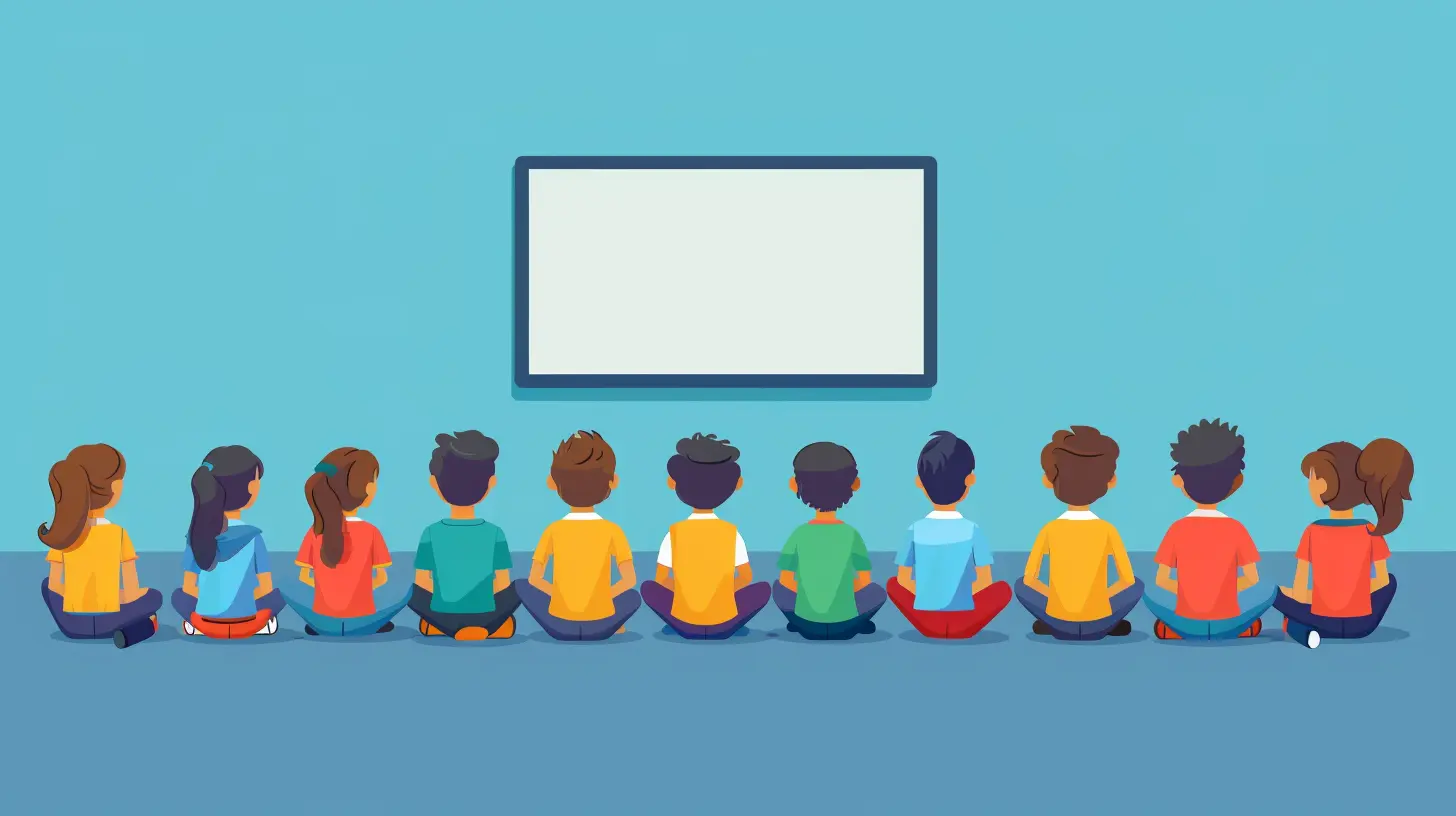The Role of Education Policy in Workforce Development
18 September 2025
Education and the workforce—two things that go together like peanut butter and jelly. Without solid education policies, the workforce becomes a rudderless ship. But with the right policies in place, we can build a smarter, more adaptable, and highly skilled workforce.
So, how exactly does education policy shape workforce development? And why should we care? Let’s break it down in a way that even your high school self (who probably snoozed through economics class) can understand.

Why Education and Workforce Development Go Hand in Hand
Think of the workforce as a giant puzzle. Each piece represents a skilled worker, and together, they form the economy. The problem? Some pieces are missing, and others don’t quite fit. That’s where education policy comes in—it helps ensure that every worker (or puzzle piece) has the right skills to complete the big picture.Education policy isn’t just about deciding what kids learn in school. It’s about shaping a system that prepares students for real-world jobs, fosters lifelong learning, and keeps up with the ever-changing job market.
The Job Market Is Evolving—Is Education Keeping Up?
Remember when typing was considered a valuable skill? Fast forward to today, and kids are practically born knowing how to use a smartphone. Jobs that existed 20 years ago are vanishing, and new roles—like AI specialists, data scientists, and digital marketers—are taking over.The problem? Our education system often moves at a snail’s pace compared to how fast industries evolve. This lag creates a massive skills gap, leaving many job seekers unprepared for modern careers.

Key Ways Education Policy Supports Workforce Development
1. Aligning Curriculum with Market Needs
One of the biggest complaints from employers? Graduates aren’t job-ready. They may have degrees, but they lack practical skills. Education policies need to bridge this gap by aligning curricula with industry demands.By incorporating up-to-date technology, hands-on training, and industry partnerships, schools can ensure students graduate with the skills employers actually need—whether it’s coding, data analysis, or even soft skills like teamwork and problem-solving.
2. Encouraging Vocational and Technical Training
Not everyone needs a four-year degree to succeed. Some of the most in-demand jobs—like electricians, plumbers, and healthcare technicians—require specialized training, not a bachelor’s degree.Education policy should promote vocational and technical education as a respected and viable path—not just a backup option when college isn’t feasible. When done right, vocational programs can supply industries with a steady stream of skilled workers and reduce unemployment rates.
3. Making Lifelong Learning the Norm
Gone are the days when you could learn one skill, land a job, and stick with it for life. In today’s economy, continuous learning is the key to staying employable.Policies that support lifelong learning—such as affordable or free online courses, upskilling programs, and employer-sponsored education—help workers stay ahead of industry shifts without going back to square one.
4. Investing in STEM Education
Science, Technology, Engineering, and Math (STEM) fields are growing like crazy. Yet, there's a shortage of qualified candidates to fill these roles.Education policies should focus on boosting STEM education from an early age. That means more coding boot camps, robotics clubs, and hands-on science experiments. If we make STEM exciting instead of intimidating, more students might consider careers in these high-demand fields.
5. Strengthening Public-Private Partnerships
Businesses and schools need to work together like a well-oiled machine. When companies collaborate with educational institutions, students get better exposure to real-world skills through internships, apprenticeships, and mentoring programs.Governments should encourage these partnerships through tax incentives or grants. The more businesses invest in education, the better prepared the future workforce will be.
6. Addressing Educational Inequality
Let’s be real—not everyone has the same access to quality education. Socioeconomic disparities, underfunded schools, and geographic limitations weigh heavily on students’ futures.Education policies must address these gaps by providing better funding, access to technology, and resources for disadvantaged communities. After all, a workforce can only be strong when every individual has a fair shot at success.

The Future of Workforce Development
So, what does the future hold? Well, automation and artificial intelligence are already shaking things up. Millions of jobs will be transformed or disappear entirely. The only way to keep up is to adapt.Education policy must stay ahead of the curve by emphasizing adaptability, creativity, and problem-solving—skills that AI can't easily replicate. The workforce of tomorrow won’t just need knowledge; it’ll need critical thinking, flexibility, and the ability to learn on the fly.

Conclusion
Education policy isn’t just a fancy term tossed around by politicians—it directly shapes the future of our workforce. From aligning curricula with job market needs to promoting vocational training and lifelong learning, good policies ensure people are job-ready in an ever-evolving world.If we want a thriving economy with skilled, confident workers, we need education policies that make sense for the modern workforce. Because, let’s face it—no one wants to graduate with a degree they can’t use or struggle to find work in a world they weren’t prepared for.
The solution? Smarter, forward-thinking education policies. Plain and simple.
all images in this post were generated using AI tools
Category:
Education PolicyAuthor:

Monica O`Neal
Discussion
rate this article
1 comments
Axel McClellan
Education policy shapes not just classrooms, but also careers. A strategic approach can align learning outcomes with workforce needs, driving innovation and economic growth. Essential reading!
September 19, 2025 at 3:30 AM

Monica O`Neal
Thank you for your insightful comment! I completely agree that aligning education policy with workforce needs is crucial for fostering innovation and economic growth.


